Housing Market Trends for 2022
Housing market trends in America are always flexing, adapting to new stimuli, and morphing to the latest socio-economic changes. Things change so fast that keeping up-to-date criteria is extremely important to renters, buyers, and sellers. Based on extensive surveys, here are some of the latest top trends in housing across the United States.
Housing Market: Renters POV
Across the land, renting is an attractive housing option for more people: 43 million households, 34.5% of American households, rent their homes. In comparison, in 2016, 27% of households were renters. Oddly, the number of people who rent has actually declined by 7.4%; growing families are trending toward homeownership and out of the rental market. Currently, the average renting household is 2.35 members, further evidence that families are moving toward homeownership.1
- While 34.4% of renters are under the age of 35 years old and most are under 45, 16.5% of renters are 65 years or older.
- Renter demographics have not changed much in the last few years: 51.8% of renters are Caucasian, 20.3% are African-American, and 19.7 are Hispanic or Latino.
- In large housing markets, rental costs account for 30% of the renter’s income, a measure that seems affordable. For 81% of renters surveyed, affordable rent was the key factor when choosing a place to live, a more important factor, by far, than any amenity.
- Landlords and property managers offer digital tools as a convenience: 52% of renters now pay online, and 35% sign leases electronically. Online digital floorplans and photo tours are becoming the preferred first viewing (58%) of rental properties.
- Urban dwellers may move around within the same metro area, but only 15% moved to different locations–13% to another state, and 2% to another country. The most frequent reason for moving remains a job change (33%) and a change in household or family size.
- The median rent reported by renters is $1045, while the median income reported by renters is $42,479.
Housing Market: A Buyers Perspective
Buying a home in the US is getting a little more complicated and a limited inventory of available homes does not help. The interest rate remained low in 2021, but fewer available homes drove prices up, keeping it a seller’s market. The purchase of a home is the largest single transaction most people will make; it is an investment in time and resources that usually impacts decisions through life, including retirement decisions.
- The average homebuyer was 45 years old with a household income of $86,000. The number of first-time homeowners dropped to 37%, while 50% of 2021 homebuyers were also trying to sell a home simultaneously.
- The average home purchased had 3 bedrooms and 3 bathrooms, and ranged between 1000 and 1,999 square feet. Most were single-family homes, while 21% were townhomes or condos.
- The three top key features were 1) within the original budget, 2) air conditioning, and 3) the right number of bedrooms/storage.
- What precipitated most moves?
- A change in family size or situation; children or other family members reside in 44% of US homes
- A job change—working remotely
- A job change—new location
- Forty-four percent of homes were purchased in suburban settings, while 38% were urban, and 19% were in rural homes.
- The pandemic changed the way people visit homes. Virtual 3-D tours and photo portfolios are the norms. With digital doorbells and locks, many potential homebuyers are able to make an initial visit without a realtor.
Housing Market Trends According to Sellers
With a low inventory and a sufficient number of buyers, it is presently easier to sell a home than to buy a home. Most of the time, sellers are also buyers at the same time. Timing is key!
- The typical residence sold in 2021 was a 1,725 square feet single-family home, with 3 bedrooms and 2 bathrooms.
- The average seller lived in their home for 15 years; 64% of sellers resided in their homes for more than 10 years.
- The most popular mortgage is paid over a 30-year period. Since half of homes are sold after 15 years, most sellers are still paying for their homes—only 37% of sellers own their homes free and clear.
- Reasons sellers gave for selling were most commonly:
- Desiring an upgrade (81%)
- Desiring a different neighborhood (80%)
- Desiring to be closer to family (78%)
- Desiring to capitalize on profit/equity (77%)
How the Housing Marketing Affects Homeowners
For those who are staying put, homeownership remains a tremendous responsibility and privilege. A well-cared-for home is a significant investment.
- Sixty-five percent of Americans live in homes they own or are buying. Age is a factor: 38% of Americans 35 and younger are homeowners, while 73% of those 65 and older are homeowners.
- The average homeowner is 56 years old, with a household income of $69,178.
- In Texas, the average mortgage payment is $1,549, with a $186,696 average principal owed.
- Veteran homeowners also use 30% of the household income as a safe housing budget.
- Homeowners agree—58% of them plan to or hope to complete home improvement projects during the next five years.
Housing Market Trends For Today’s Real Estate Market
With over 5 decades of experience in the Houston Housing Market, The Matthews Team is ready to help. If you have any questions, give us a call at 281-440-7900 or send us an email. We’re happy to help!

1 https://ipropertymanagement.com/research/renting-statistics#:~:text=27.54%25%20of%20households%20rent%20their,in%20the%20average%20renting%20household.
2 https://wp-tid.zillowstatic.com/13/Zillow-Rentals_CHTR-MiniBook-2021-full-ecbe34.pdf
